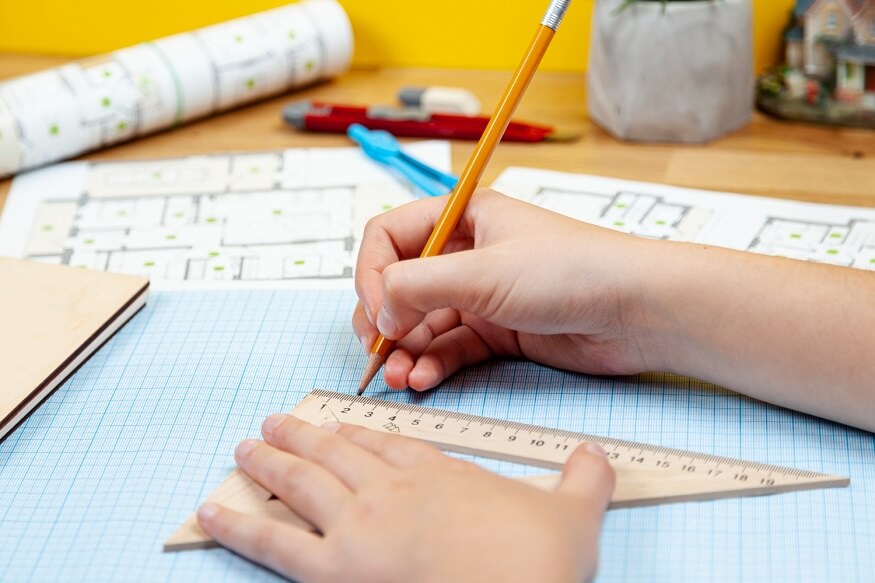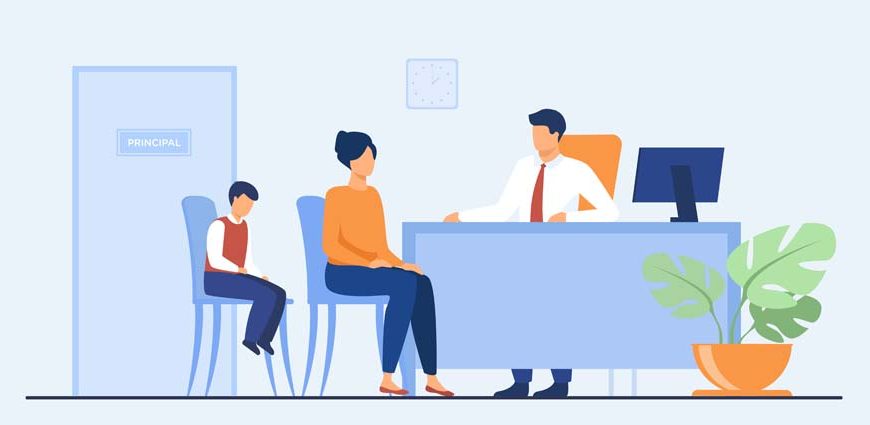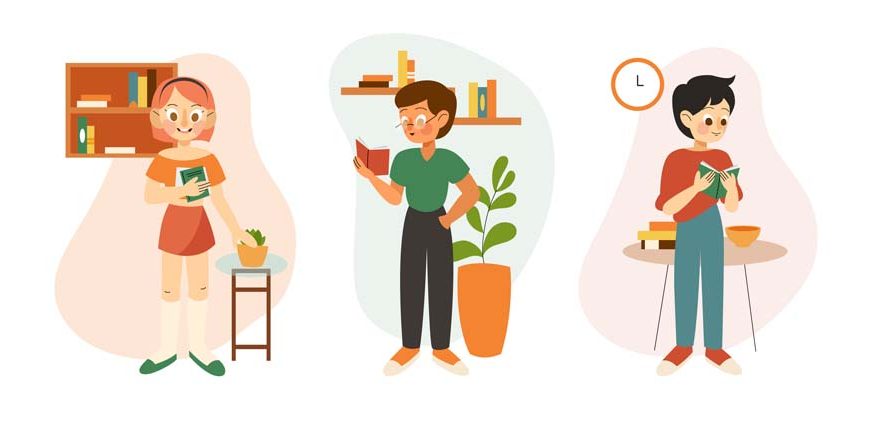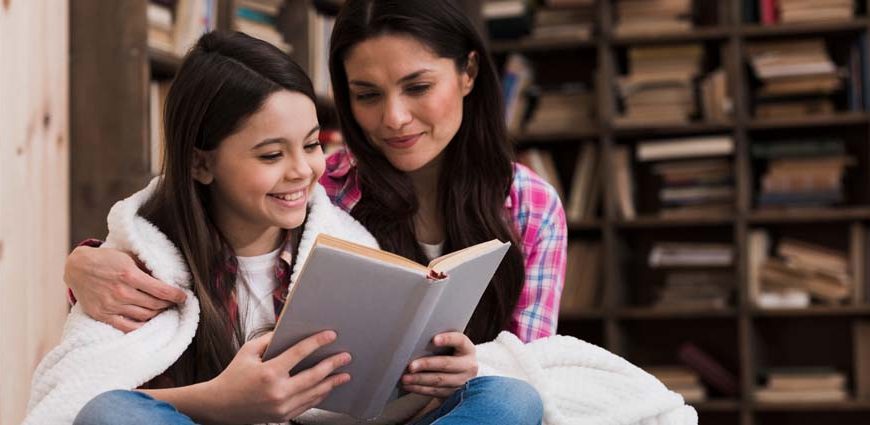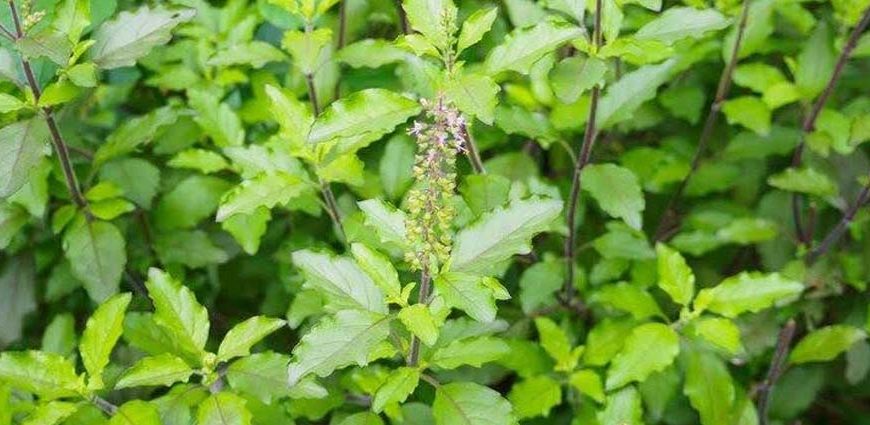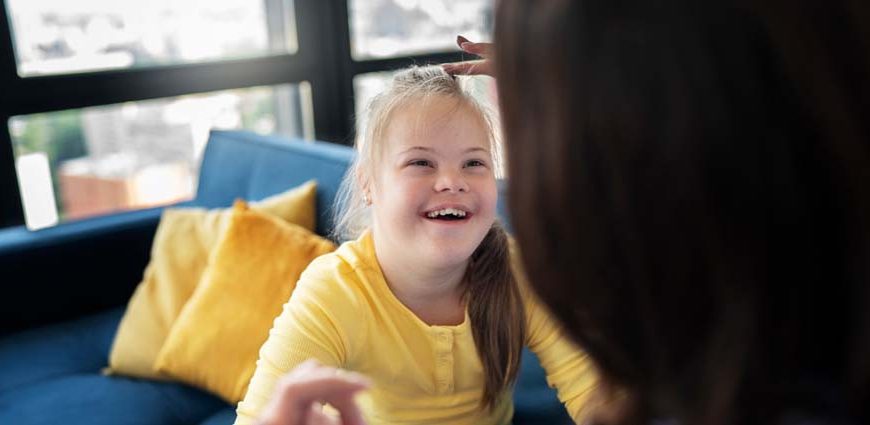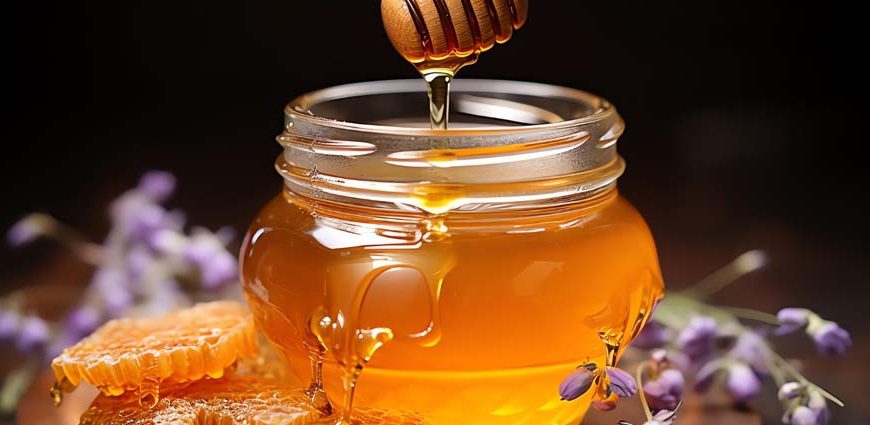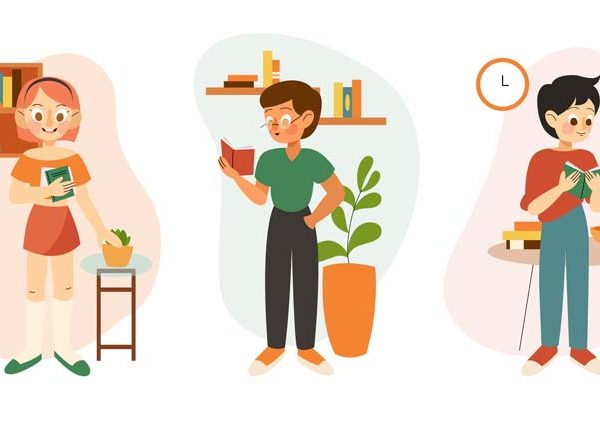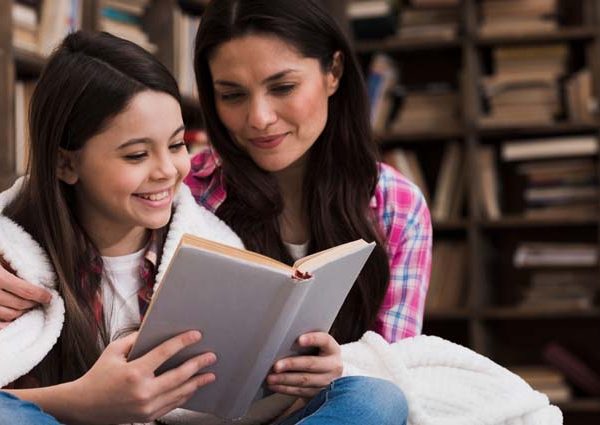To help our kids acquire essential skills, we as parents are continuously looking for fun and useful teaching strategies. One such essential skill is measurement, an important aptitude concept in their everyday lives. When included in hands-on learning activities, teaching measuring to children may be fun and beneficial at the same time.
Most children are eager to learn about measurement since it has so many practical uses. Students are typically exposed to the concept by comparing sizes before trying out some unique measurement activities. In this blog post, we will look at a variety of interesting and interactive measurement activities for kids that you and your kid can enjoy to promote awareness of this essential concept.
- Height Comparison: Collect a group of items with varied heights, such as books, toys, and common household items. Depending on their height, assist your child with arranging them in ascending or descending order. Use adjectives like “taller,” “shorter,” “tallest,” and “shortest” to characterize the variations. Kids should be encouraged to observe and understand the idea of relative height through this exercise.
- Evaluating with Blocks: Building blocks are not just for play; they can be great tools for demonstrating measurements. Get your child to use blocks to measure the dimension of various objects. How many blocks long is the table, just for instance? A book is how many blocks wide? etc. They will learn how to quantify length using a unit through this practice.
- Kitchen Adventures: Cooking and baking offer excellent opportunities for measurement activities. Allow your youngster to help you in the kitchen by assisting you measure ingredients by taking spoons and cups. Talk about terms like “half,” “quarter,” and “whole” while making delicious delights with a friend. They will become more proficient in maths while also learning about fractions.
- Nature Tour: Take your child on a nature walk with a ruler or measuring tape. Encourage children to weigh any pebbles, sticks, or leaves they come across on the journey. Kids may connect measuring to the real world with this outdoor exercise, which makes learning more engaging and relevant.
- Gardening Gauges: If you have a garden, let your youngster use a watering that has measuring markings to expose them to measurement. Give them explicit instructions for watering various plants, such as “Give the sunflowers two cans of water.” This promotes awareness of measuring as a tool for accuracy and precision.
- Estimation Station: Create an “estimation station” with containers filled with various objects like buttons, stones, or seeds. Ask your kid to estimate the number of objects in each jar, and then note their answers. Then, compare the actual number of things in the jars to your projections by counting them all together. Their estimation skills and number awareness are improved by this practice.
- Shadow Games: Go outside on a bright sunny day and you’ll see things casting shadows. Before measuring the length of the shadows using a ruler or measuring tape, have your kid trace the borders of each one with chalk. Talk about how the shadow’s length varies throughout the day to help them learn about time and measurement.
- Lego Lengths: Collect a variety of Lego bricks in various sizes and colours. Ask your child to make lines out of these bricks, each with a distinct number of bricks. They can, for example, construct a line of five red bricks, followed by a line of three blue bricks. Then, using a ruler or measuring tape, have them measure the length of each line. This activity teaches the notion of length while also introducing the concept of measuring units.
- Balloon Blowing Competition: Hold a balloon-blowing competition with your child and his or her classmates. Before you begin, explain to everyone that the balloons must be inflated to a specified size. Use terms like “as big as your hand” or “as small as your hand” to give them rough dimensions. After everyone has inflated their balloons, compare and contrast the various sizes. This activity teaches the concept of measuring using non-standard units and helps them learn size comparisons.
- Sock Sorter: Gather a collection of socks of various sizes and colours. Ask your youngster to classify them according to their length and width. They can, for example, make the category for “long socks” and “short socks,” or “wide socks” and “narrow socks.” This practice improves kids’ capacity to identify things based on qualities while also introducing the concept of two-dimensional measurement, i.e., length and breath.
- Time Travel: Create a “time travel” trip with your child to introduce the concept of time and measurement. Use a stopwatch or timer and have them execute simple activities like jumping on one foot or sketching shapes. Calculate and compare the time it takes to finish every task. They can, for example, bounce on one foot for ten seconds or draw a square in five seconds. This amusing game helps students understand the concept of time and measurement in everyday duties.
Measurement Project Ideas
The above hands-on measurement activities can help make measuring ideas more accessible and entertaining for young students. They learn important arithmetic and problem-solving abilities while also developing a feeling of curiosity and wonder about the world around them. Now we are providing you with two bonus measurement project ideas that can be beneficial for you.
Measurement Hunt:
Encourage your child to go on a measuring trip throughout the house. Give them a measuring tape or ruler, as well as a notepad for them to record their results. Ask them to measure things like the length of the dining table, the width of the entryway, the height of a chair, the diameter of a jar, and the volume of a cup. Allow children to compare measurements, make charts or graphs, and form conclusions about the various sizes and dimensions they come across. This initiative nurtures critical thinking and data analysis abilities while making measuring ideas applicable to their daily lives.
Design Your Dream Room:
Encourage your child’s imagination and measuring abilities by having them draw a dream room. Give them graph paper and drawing tools. Ask that they measure the size of their imaginary room and sketch it to scale on graph paper. They can design furniture, windows, doors, and other features. This activity improves visualisation and awareness of space in addition to measuring skills. As they bring their ideal space of life on paper, your child will feel an overwhelming sense of achievement.
Eurokids: Where Hands-on Learning Shapes Bright Futures
Measurement projects are an excellent way to make learning interactive and enjoyable for kids. As a renowned play school, Eurokids excels in creating an environment where hands-on learning, inquisition, and ideation increase. With their child-centric approach and focus on hands-on education, Eurokids is well-equipped to introduce measurement concepts to our little ones in engaging and interactive ways. Together, parents and Eurokids can build a strong academic framework that paves the way for a bright and prosperous future for our kids.

